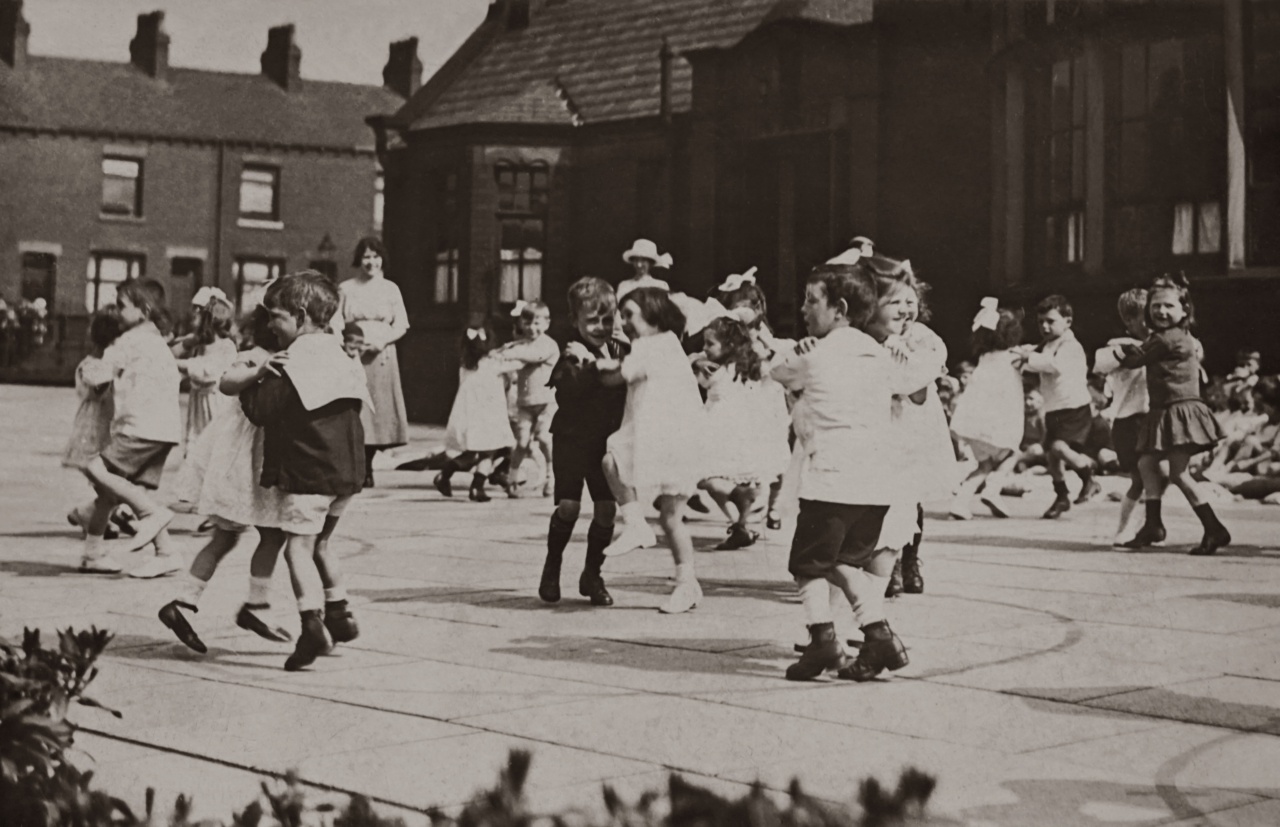At the age of 15, boys and girls are in the midst of an important transition phase where they are experiencing both physical and mental changes.
During this stage, they undergo significant developments that shape their personalities, behaviours, and mental faculties. With that, it is only natural to question whether there are differences or similarities in mental traits between 15-year-old boys and girls.
In this article, we will explore the varying mental traits and characteristics of boys and girls at 15 years old.
Cognitive Abilities
Cognitive abilities refer to the mental faculties involved in learning and processing information. It includes attention, memory, intelligence, problem-solving abilities and reasoning skills.
Research shows that there are no significant differences in cognitive abilities between boys and girls in their teenage years. However, studies suggest that girls tend to outperform boys in verbal ability while boys excel more in spatial reasoning and mathematical abilities.
Emotional Intelligence
Emotional intelligence refers to the capability of recognising, understanding, and regulating one’s emotions along with that of others. It is an essential skill to navigate social connections and manage relationships.
Research shows that girls score higher in emotional intelligence compared to boys at the age of 15. They are more empathetic and can identify and manage their own and other’s emotions well.
It may be due to the cultural expectations that young girls are encouraged to be more emotionally expressive while boys are expected to display toughness and suppress their emotions.
Social Skills
At the age of 15, social skills such as communication, cooperation, and assertiveness grow increasingly important as teenagers attempt to establish social connections within their peer group and beyond.
Studies suggest that girls tend to have better social skills than boys in their early teenage years. They are known to be better communicators, more considerate and cooperative in their dealings with their peers. On the other hand, boys display more aggressive and competitive behaviour and may struggle to understand social cues.
Self-Esteem
Self-esteem refers to an individual’s self-worth and perception of themselves. It is a critical aspect of mental health and wellbeing. Studies suggest that at the age of 15, girls tend to have lower self-esteem compared to boys.
Societal expectations, peer pressure, and physical changes may contribute to this difference. Boys, on the other hand, tend to have higher self-esteem during adolescence. They are less vulnerable to social pressures and may find more validation in their physical and performance-related accomplishments.
Stress and Coping mechanisms
As teenagers navigate changes and challenges, it is common to experience stress and anxiety. Studies suggest that girls are more prone to experiencing stress and anxiety compared to boys at 15 years of age.
Girls tend to have a lower threshold for coping with stress and may find it more challenging to manage their emotions. Research shows that girls are more likely to adopt passive coping mechanisms, such as seeking social support or emotional venting, while boys tend to revert to more aggressive and confrontational coping methods.
Personality Traits
Personality refers to the unique set of characteristics, traits, and behavioural patterns that define an individual. There are no significant differences in basic personality traits between 15-year-old boys and girls.
However, studies suggest that there are some differences in the expression of these traits. For instance, boys tend to display more aggressive, competitive, and dominant behaviours while girls are known to be more nurturing, caring and cooperative. Of course, these are generalisations and exceptions can be found.
Motivation and Goal Orientation
At 15, teenagers start to think about their future, careers and personal achievements. Studies suggest that girls tend to have more self-improvement-oriented goals compared to boys.
They are more inclined towards academic excellence and successful careers. Boys, on the other hand, are more likely to have ego-oriented goals, focused on external recognition and fame.
Conclusion
Research shows that there are subtle differences in mental traits and behaviours between 15-year-old boys and girls. However, it is important to note that these variations are not universal, and exceptions can be found.
The differences can be attributed to various factors such as biological, societal and cultural challenges. Ultimately, the key takeaway is that each teenager is unique, and it is essential to recognise and appreciate their individual strengths and challenges while providing support to help them reach their full potential.






























